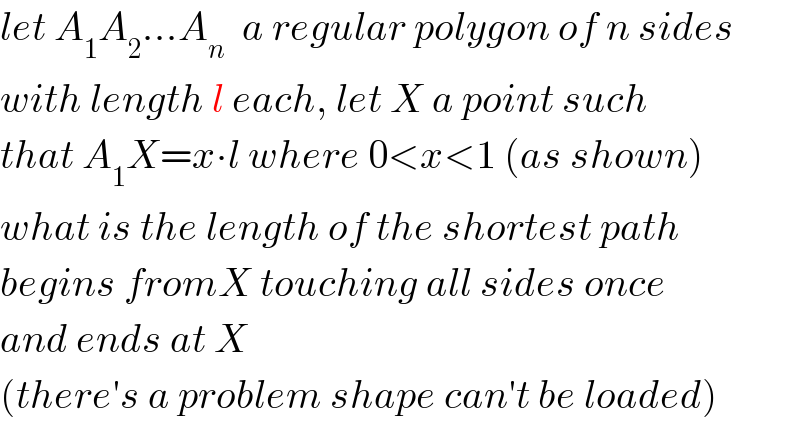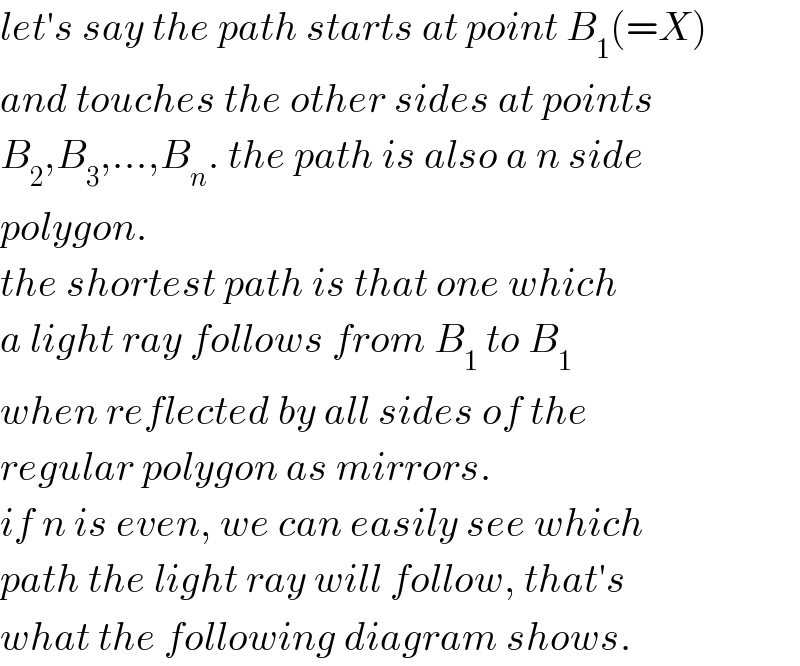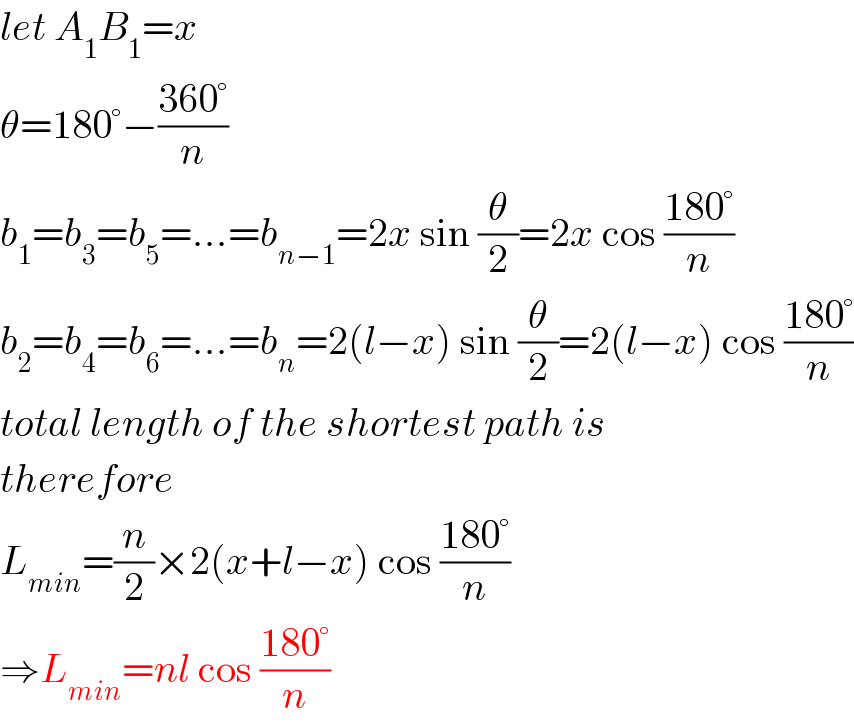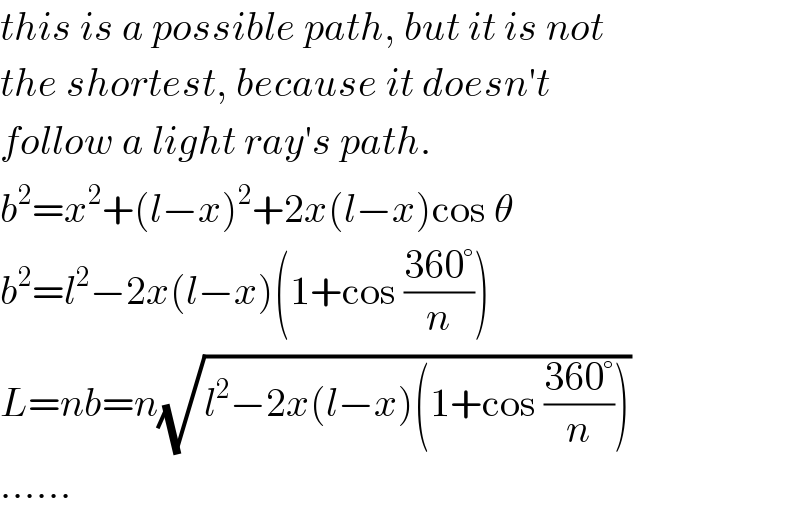
Question and Answers Forum
Question Number 102576 by MAB last updated on 10/Jul/20

Answered by mr W last updated on 10/Jul/20

Commented byMAB last updated on 10/Jul/20

Commented bymr W last updated on 10/Jul/20

Commented byMAB last updated on 10/Jul/20

Answered by mr W last updated on 10/Jul/20

Commented bymr W last updated on 10/Jul/20

Commented bymr W last updated on 10/Jul/20

Commented bymr W last updated on 10/Jul/20

Commented byMAB last updated on 10/Jul/20

Commented bymr W last updated on 10/Jul/20

Commented bymr W last updated on 10/Jul/20

